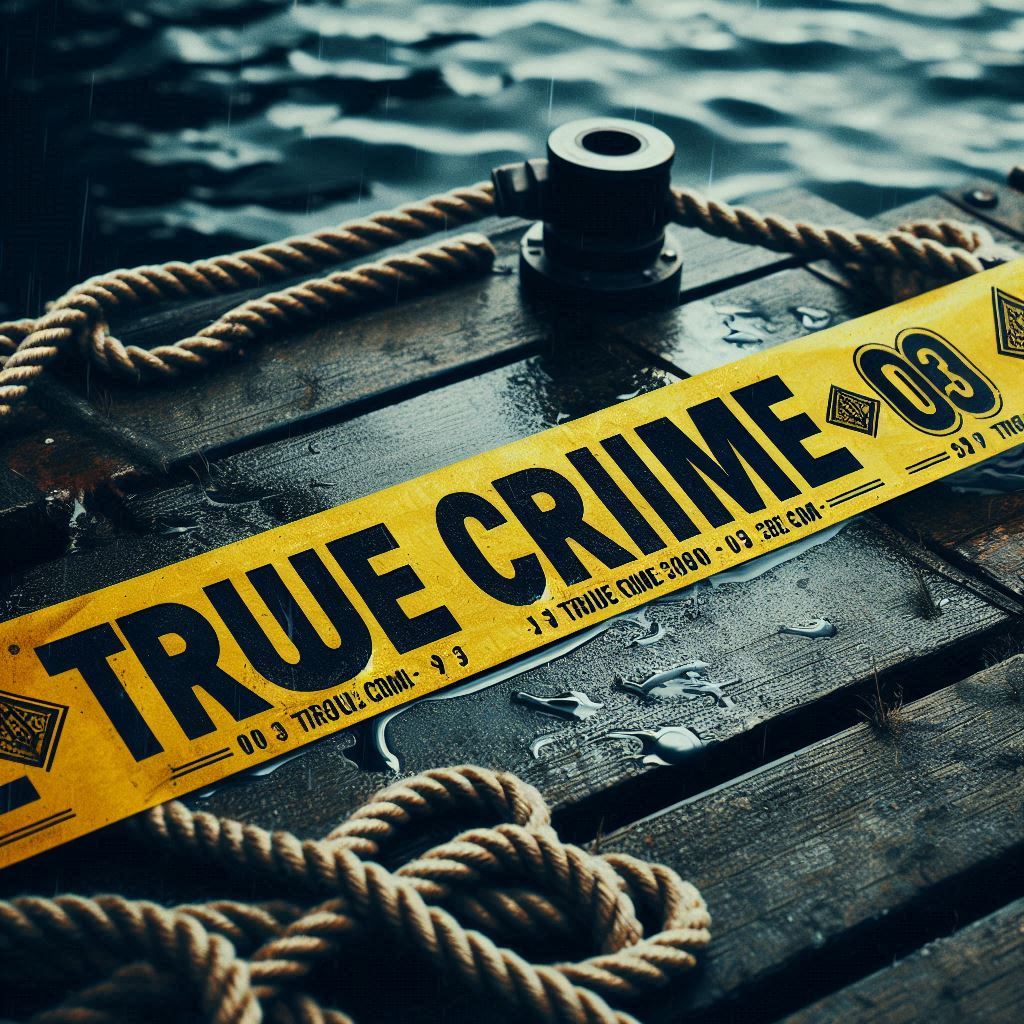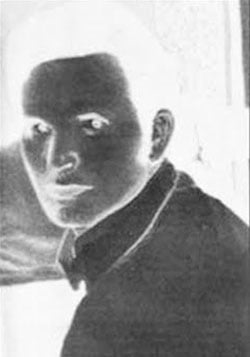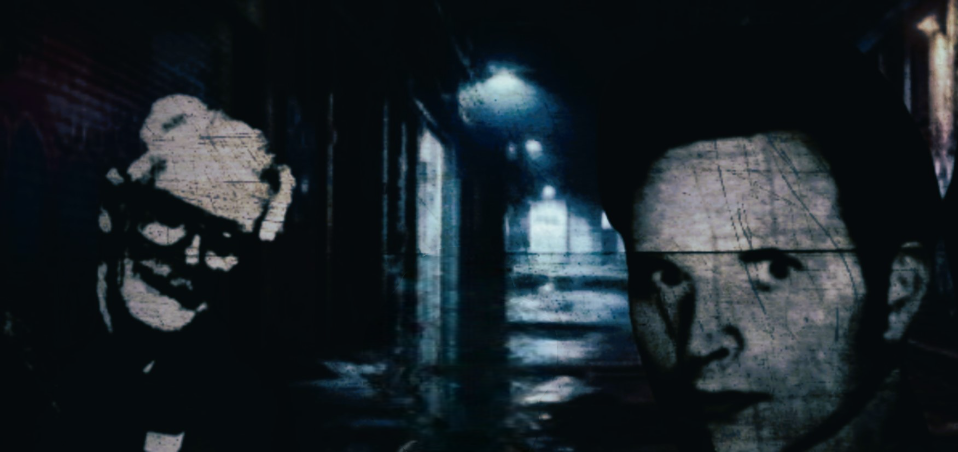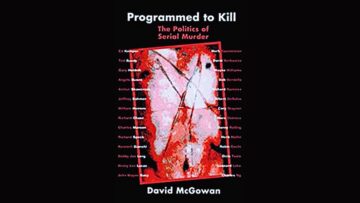To understand the twisted tale of Dean Corll, it’s crucial to look at his early life and the environment that shaped him. Born on December 24, 1939, in Fort Wayne, Indiana, Dean was the first of Mary Robinson and Arnold Edwin Corll’s two children. His parents had a rocky relationship, which ended in divorce in 1946. Dean’s mother remarried a man named Jake West, and the family relocated to Houston, Texas. Corril and his younger brother Stanley moved with their mother and stepfather, where they eventually set up a small candy company. The family dynamic seemed typical on the surface, yet, underneath lay the roots of troubled relationships and deep-seated issues.
Dean’s career path initially appeared pretty benign. After high school, he helped with the family candy business, Pecan Prince. This experience gave him the nickname ‘The Candy Man’. Despite this seemingly innocent role, there were odd behaviors that hinted at something darker. For instance, he offered free candy to local kids, building a notable trust with the neighborhood youth. This bond would later play a grim role in his crimes.
Dean’s personality painted an ambivalent picture. Some described him as quiet and polite, while others saw him as controlling and possessive in his relationships. He had a few close male friends, many of them significantly younger. This raised eyebrows, but nothing substantial was done to explore these concerns further. Socially, he drifted between different circles without really belonging to any, creating a persona that allowed him to weave in and out of various communities undetected.
Before the criminal activities began, certain events foreshadowed the horrors he would later commit. Dean volunteered to be drafted into the U.S. Army in 1964 but was discharged a year later after service in Texas. Upon returning to civilian life, his behavior took a more noticeable turn. There were incidents and rumors of inappropriate behavior around teenage boys. These were often dismissed or not taken seriously enough to prompt action. This period was crucial in understanding the later escalation into violent acts.
The Heinous Crimes of Dean Corll: Unveiling the Atrocities
Dean Corll’s crime spree began in 1970 and continued for three years, resulting in the deaths of at least 28 young boys. The killings are some of the most brutal and horrifying in American history. The timeline of these murders is marked by a methodical approach that made Corll one of the most feared serial killers of his time.
Corll’s modus operandi involved luring boys into his home with promises of parties, rides, or candy. Once there, they were systematically tortured and killed. Dean employed various cruel methods, including restraints and physical abuse. This grim ritual was carried out with chilling precision, revealing a man capable of unimaginable cruelty.
One of the most shocking aspects of Dean Corll’s crimes is his use of accomplices. He manipulated two teenage boys, David Owen Brooks and Elmer Wayne Henley Jr., into aiding him in the murders. Brooks initially became involved for financial rewards, while Henley was drawn in by Corll’s charisma. Both teens eventually played active roles in locating, abducting, and even participating in the murders. Their involvement not only intensified the crimes but also added layers of betrayal and manipulation.
The discovery of Corll’s crimes came to light on August 8, 1973, when Henley shot and killed Corll in self-defense. Henley then led the police to the bodies buried in various locations, including Corll’s boat storage shed. The revelation sent shockwaves through the community, unveiling the extent of Corll’s atrocities. The arrest and subsequent confessions from both Brooks and Henley provided harrowing details about the extent of the crimes. The nation watched in horror as the full story unfolded, detailing the terror that had been inflicted upon so many young lives.
Societal Impact and Legal Aftermath: Lessons from Dean Corll’s Case
The exposure of Dean Corll’s heinous activities had a profound impact on society and the legal system. Media coverage was intense, with newspapers, radio, and television airing every grim detail. The widespread attention ensured that the community remained well-informed but also left emotional scars that lingered for years. As the case unfolded, people found it difficult to trust neighbors and acquaintances. The image of the ‘friendly candy man’ was shattered, replaced by a more cautious approach to community interactions.
The legal proceedings against David Owen Brooks and Elmer Wayne Henley Jr. were pivotal in understanding the full scope of the crimes. Both accomplices received life sentences, though their roles are still a matter of public debate. Brooks’s and Henley’s testimonies provided crucial insights but also revealed the complexities of manipulation and complicity in criminal activities. These trials highlighted the need for stringent laws and better protective measures for vulnerable populations.
Communities where Corll’s victims lived were forever marked by the crimes. Families of the victims suffered immensely, dealing with grief and loss while facing the harsh reality of their children’s tragic fate. Local authorities and organizations eventually set up support networks to help families cope. Public memorials and foundations were established to honor the victims, ensuring that their memories live on while educating others about the importance of vigilance and community safety.
The case of Dean Corll prompted significant changes in legislative and law enforcement approaches. Authorities recognized the need for enhanced methods in profiling and tracking potential threats. There was an increased focus on child safety programs and the establishment of stricter guidelines for individuals working with children. The case also influenced criminal justice policies, leading to reforms aimed at preventing such atrocities in the future.











